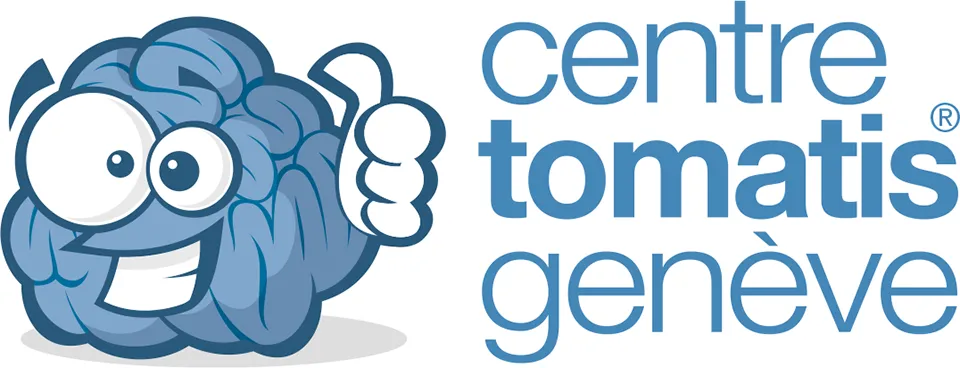Dyslexia finally solved?

Dyslexia in writing and speaking
Dyslexia: a problem in understanding sounds
Usually, when we talk about dyslexia, we think of people who confuse certain letters when they read or write. But this is only the tip of the iceberg! Dyslexia also affects the understanding of sounds that are spoken. What specialists call phonological representation. A new study to understand dyslexia
Thanks to a recent study by Bart Boets, we now know more about the importance of phonological representation. The clinical psychologist had dyslexics and controls listen to a series of different but relatively similar sounds such as "da-da-da-da-da" and "ba-ba-ba-ba-ba". Both groups were asked to differentiate the two sets. The result was that both the control group and the dyslexic group passed the exercise. There was no problem with sound processing as such in dyslexics. A problem with the speed of sound processing
The scientists did, however, highlight a difference between the two groups: the time it takes them to assimilate the difference between the sounds. The dyslexic people were on average slower to respond than the controls.
Using MRI, they observed the neural processes involved in this exercise. The conclusion was that this difference in speed was linked to poorer coordination between several areas of the brain involved in language processing. A better understanding of dyslexia for better treatment The interest of this study?
It offers a better understanding of dyslexia. However, it is still too early for it to influence the treatment of dyslexic people. The results must first be confirmed in a larger group of adults and then in children. If they are confirmed, exercises related to the speed of sound processing could be integrated into the treatment. Towards a cure for dyslexia?
For Bart Boets, if these results are confirmed, we could also imagine a treatment based on electrical stimulation of the brain. This could restore good connectivity between the brain regions involved in dyslexia.
This is what the Tomatis method combined with Giger MD is about. Improve the phonological processing and connection between the brain regions involved in language processing.
Article published by Elise Dubuisson, health journalist on 17/02/2014 http://www.e-sante.fr/dyslexie-enfin-elucidee/actualite/20717
Sources: Marie Van Reybroeck, speech therapist and professor of psychological and educational sciences at UC. Boets, B. et al, Science 6 December 2013: Vol. 342 no. 6163 pp. 1251-1254. DOI: 10.1126/science.1244333



